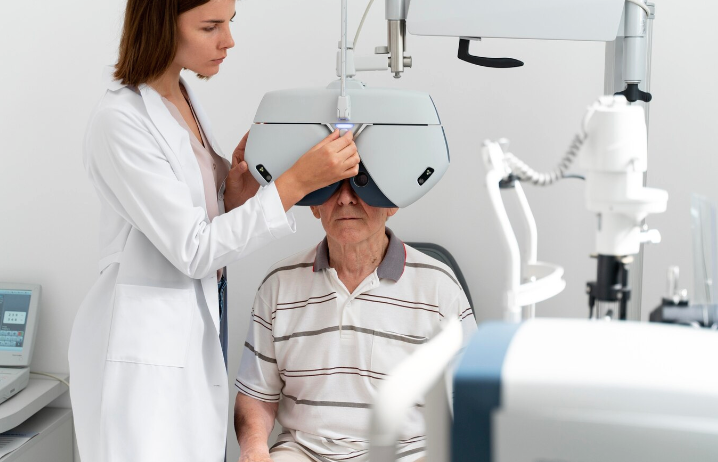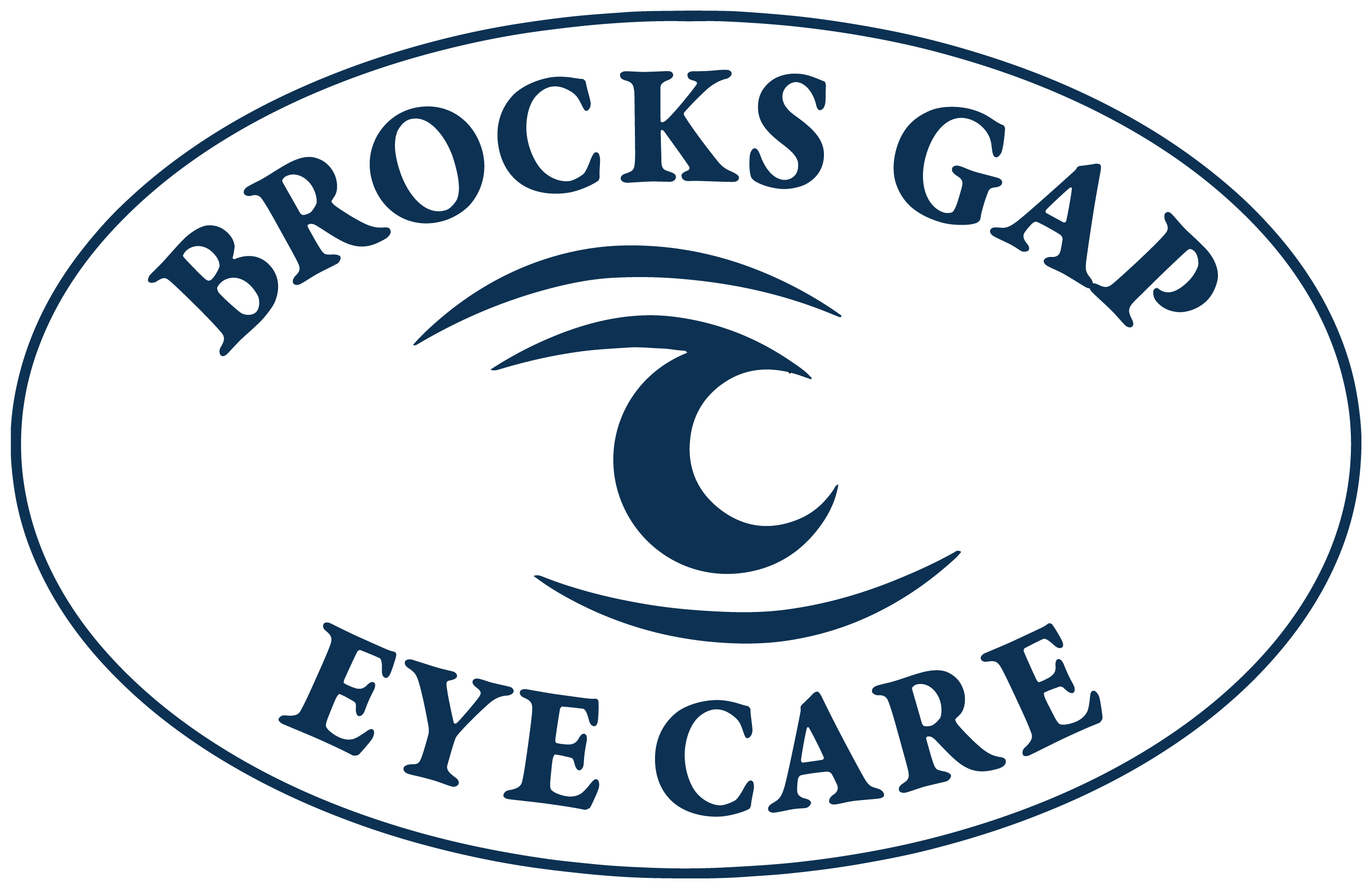What Causes Under-Eye Bags and How to Address Them
- tansley6
- Oct 30, 2024
- 3 min read

Under-eye bags are a common concern for many people. Under-eye bags can give the appearance of fatigue, aging, or even illness, but what is the underlying cause of these bothersome puffy areas under your eyes? As eye specialists, we frequently receive inquiries about this topic, so let's delve deeper into the causes of under-eye bags and explore strategies for their reduction or prevention.
Common Causes of Under-Eye Bags
Aging
As we age, the muscles and tissues around our eyes naturally weaken. This can cause the fat that usually supports the eyes to shift into the lower eyelids, creating a puffy, bag-like appearance. Skin loses elasticity with age, making these changes more noticeable.
Lack of sleep
Perhaps the most well-known culprit, lack of sleep, can cause the blood vessels under the eyes to dilate, leading to puffiness and dark circles. When we don’t get enough rest, fluid can accumulate in the delicate tissues around the eyes, creating those unwanted bags.
Fluid Retention
Excess fluid can build up under your eyes for a variety of reasons. This can happen after a salty meal due to allergies or even hormonal changes. When your body retains water, the thin skin under your eyes is often one of the first places to show it.
Genetics
Yes, sometimes under-eye bags are simply part of your genetic makeup. If your parents had under-eye bags, there's a likely chance you might develop them as well, even if you’re getting enough sleep and drinking plenty of water.
Allergies
Allergic reactions can cause inflammation, itching, and swelling around the eyes. Rubbing your eyes when they’re itchy due to allergies can further exacerbate the problem, leading to both puffy eyes and dark circles.
Lifestyle Factors
Smoking, excessive alcohol consumption, and poor diet can all contribute to under-eye bags. These habits affect your skin’s elasticity, hydration levels, and circulation, leading to a dull, puffy look over time.
Sun Exposure
Too much sun can damage the delicate skin around the eyes, breaking down collagen and elastin fibers. This makes the skin weaker and more likely to sag, contributing to the appearance of bags under the eyes.
How to Prevent or Reduce Under-Eye Bags
Now that we know the common causes, let’s talk about solutions. There are several ways to reduce under-eye bags and improve the appearance of the skin around your eyes, even though some factors like genetics or aging are unavoidable.
Get Plenty of Sleep: Aim for 7-9 hours of restful sleep each night to prevent fluid buildup and keep your skin looking fresh.
Stay Hydrated: Drink plenty of water to help your body flush out excess salt and reduce puffiness. Watch Your Diet: Reducing your sodium intake and eating a balanced diet rich in vitamins A, C, and E can improve skin health and reduce inflammation.
Use a Cold Compress: Applying a cold compress or chilled cucumber slices can help constrict the blood vessels under your eyes, reducing swelling.
Eye Creams with Retinol: Eye creams containing retinol or peptides can help improve skin elasticity and reduce the appearance of bags over time.
Consider Allergies: If allergies are causing your under-eye puffiness, talk to your doctor about managing symptoms with medication or eye drops.
When to See an Eye Doctor
While under-eye bags are usually harmless and related to lifestyle or aging, persistent puffiness or swelling could be a sign of an underlying medical condition, such as thyroid problems or infections. Consult a professional if redness, itching, pain, or changes in vision accompany your under-eye bags.
At Brocks Gap Eye Care, we have a team of experienced eye doctors in Hoover, AL, who are ready to help you maintain your eye health and address any concerns you may have about your vision or the appearance of your eyes.




Comments